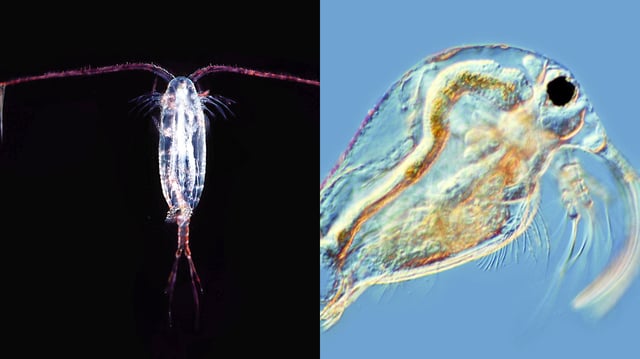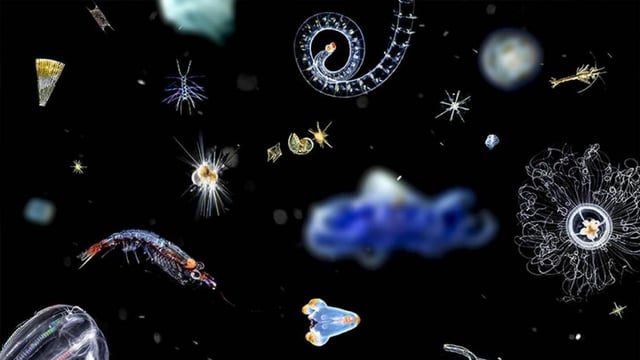Overview
- In spring copepods, krill and salps feed on phytoplankton at the surface then migrate below 500 meters, transporting an estimated 65 million tonnes of carbon each year
- Internal fat reserves act like a battery that releases carbon slowly during deep dives, sequestering CO₂ for decades or centuries
- Scientists quantified this seasonal pump using data dating back to the 1920s and recent 2025 expeditions aboard the Sir David Attenborough
- Warming ocean temperatures, shifting stratification and growing krill fisheries threaten to weaken zooplankton populations and their carbon-storage role
- Researchers from the Chinese Academy of Sciences, British Antarctic Survey and other institutions are urging the integration of this mechanism into climate models to refine warming projections


